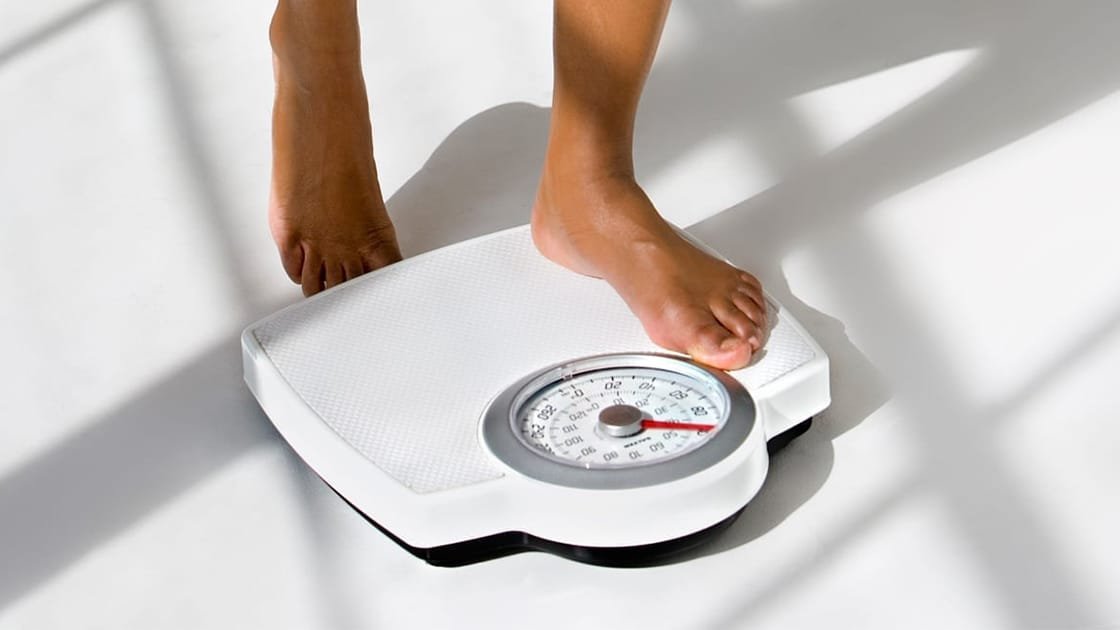PowerSculp Laser Lipolysis: Your Fat-Busting Solution
In the growing world of non-invasive fat reduction, PowerSculp Laser Lipolysis has become a breakthrough technology for body contouring and fat removal. This advanced treatment offers a safe and effective way to target stubborn fat areas, reshaping your body without surgery, discomfort, or downtime. But how much fat can you realistically lose with PowerSculp, and what makes this treatment so effective? Let’s explore the technology behind it and what you can expect from your sessions.
How PowerSculp Affects Fat Loss
PowerSculp Laser Lipolysis uses a 1064nm wavelength laser, a technology that targets and breaks down fat cells through a process called lipolysis. When the laser energy is delivered into the skin, it penetrates deep into the fat layers, warming up the cells and causing them to liquefy. This process disrupts the fat cell walls, resulting in the release of triglycerides, which are then transported through the bloodstream to the liver for processing.
What makes PowerSculp stand out is its ability to target fat cells at a deeper level without damaging the skin. The laser’s 1064nm wavelength is specifically designed to reach deeper fat layers while being gentle on the surface, making it ideal for contouring larger areas like the abdomen, thighs, or flanks. After the fat cells are broken down, they’re naturally expelled from the body via the lymphatic system, leaving you with a slimmer, more sculpted appearance. Unlike traditional fat reduction procedures like liposuction, which require incisions and recovery time, PowerSculp is non-invasive and requires no downtime, allowing you to return to your daily activities right after the treatment.
How Much Weight Can You Expect to Lose?
PowerSculp Laser Lipolysis can significantly reduce fat in targeted areas, but it is not a weight-loss procedure. It’s designed for body contouring. On average, patients can lose 1 to 3 inches in the treated area after a series of sessions. It’s important to set realistic expectations. PowerSculp is ideal for those close to their goal weight but struggling with stubborn fat that resists diet and exercise. Typically, patients begin to see results after 2 to 3 sessions. The full effect becomes visible within 6 to 8 weeks after completing the treatment cycle. Results continue to improve as the body eliminates the liquefied fat over time.
Factors Affecting Results
The effectiveness of PowerSculp varies depending on several key factors:
- Area Treated: Different parts of the body may respond to the treatment in different ways. Areas like the abdomen and thighs tend to show quicker results, while more challenging areas with denser fat may require additional sessions.
- Lifestyle Choices: Diet and exercise are critical to maximizing the results of PowerSculp. The treatment helps break down fat, but maintaining a healthy lifestyle will prevent the remaining fat cells from expanding and ensure the best long-term outcome.
- Number of Sessions: While some people may see improvement after just a few treatments, more sessions may be necessary for optimal results. A personalized treatment plan, based on your goals, will help determine the right number of sessions for you.
- Metabolism: Your metabolism also plays a role in how quickly your body processes and eliminates the fat. Those with higher metabolic rates may see faster results, as the liquefied fat is processed more efficiently by the liver and excreted through the body.
Conclusion: Should You Give PowerSculp a Try?
PowerSculp Laser Lipolysis is a non-invasive, efficient solution for body contouring and targeting stubborn fat. It targets deep fat layers while leaving the skin’s surface unaffected. This makes it a convenient alternative to liposuction, with no recovery time required. While PowerSculp doesn’t lead to dramatic weight loss, it can improve the appearance of problem areas. It helps you achieve a more sculpted, toned look. For best results, multiple treatments are necessary, along with healthy lifestyle habits like exercise and good nutrition.
If you want to target stubborn fat and reshape your body, PowerSculp could be your solution. Consult with a professional to see if it’s right for you. Start your journey to a slimmer, more defined body today!








